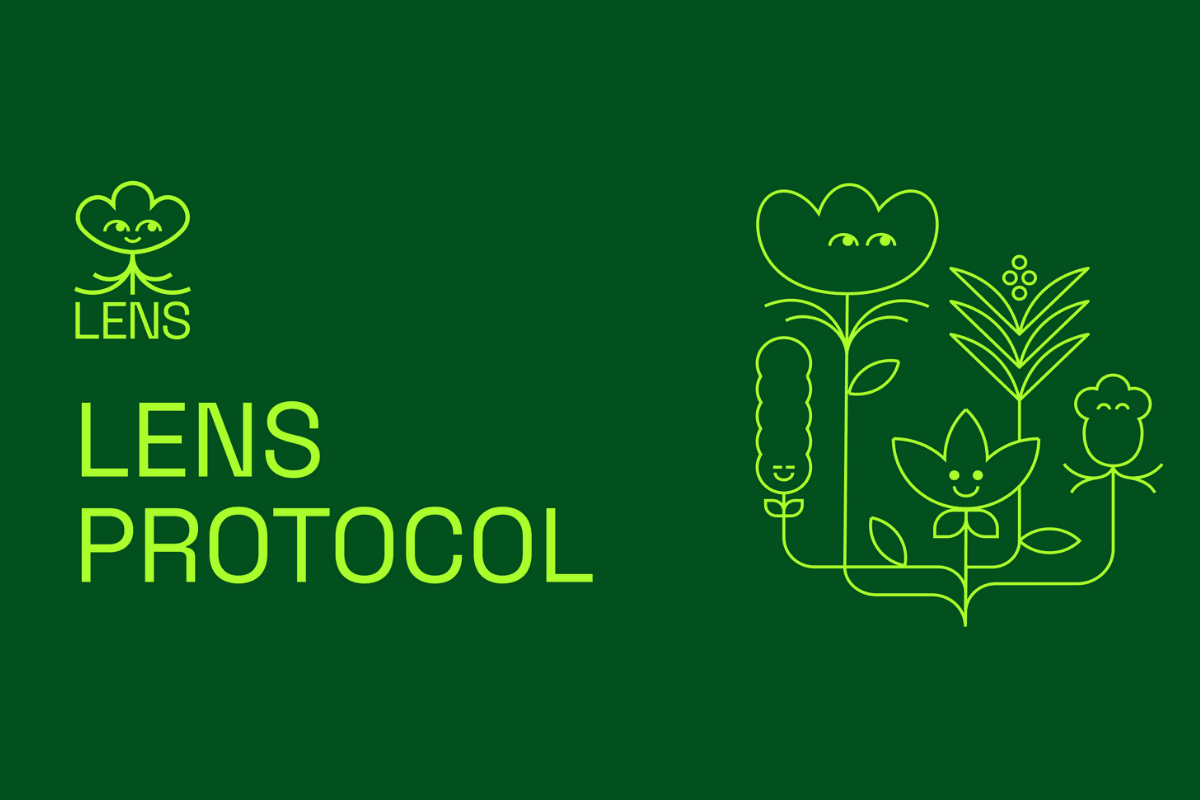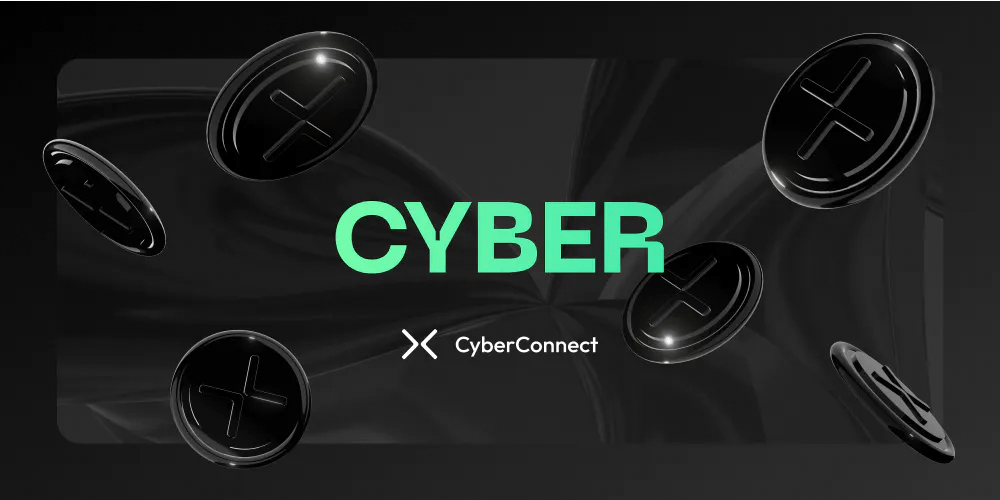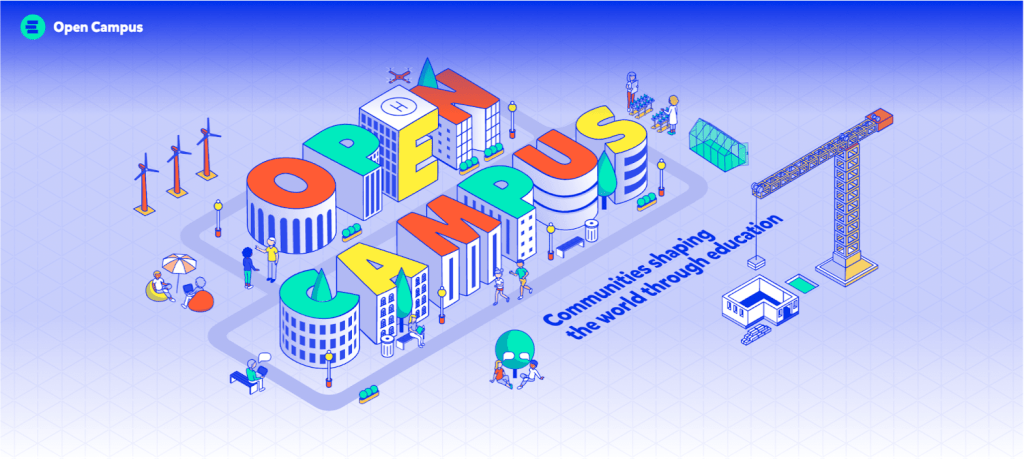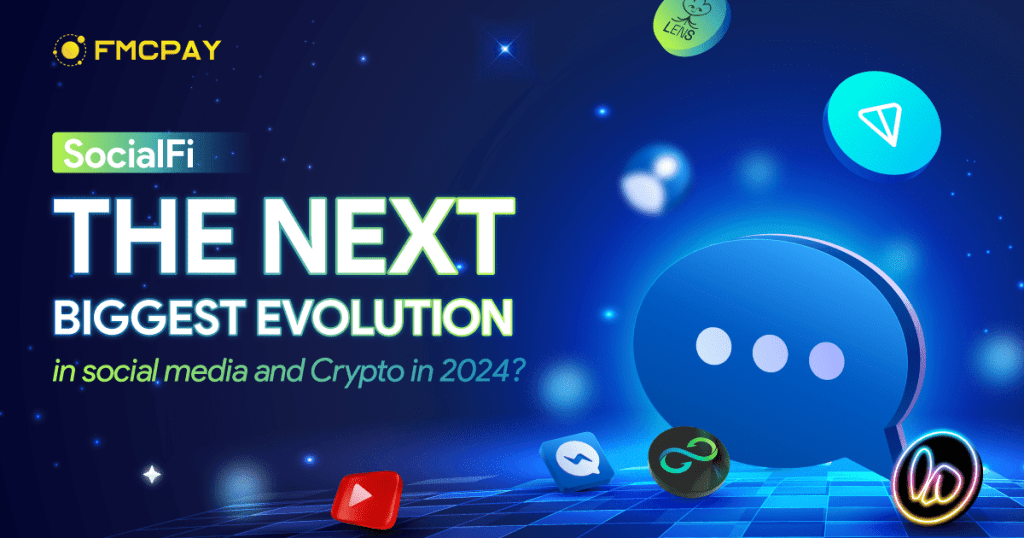Social finance, often referred to as ‘SocialFi,’ represents an innovative fusion of social media networks with Web3 and DeFi, holding the potential to drive us further into the emerging ‘creator economy’.
Imagining our contemporary world without Facebook, Twitter, TikTok, or Instagram is a challenging task, given their significant impact on human interactions in the 21st century. However, the future could unfold quite differently due to the transformative influence of Web3 on how individuals connect, share, and cultivate communities. Over recent years, both social media and decentralized finance (DeFi) have emerged as disruptive forces, reshaping our economic and social interactions. Now, with the emergence of ‘social finance,’ these two trends are converging in exciting and novel ways.
What is SocialFi?
Social finance, also known as ‘SocialFi,’ is an innovative blend of social media networks, web3, and DeFi. It introduces an accelerated form of social networking that empowers users to create, manage, and have ownership over social media platforms and the user-generated content they contain.
What’s even more intriguing is that SocialFi presents a means of rewarding and benefiting users through the tokenization of social influence, similar to the monetization model of YouTube but in a decentralized context.
In essence, SocialFi has the potential to fully monetize the social media landscape, offering equal opportunities to all participants within the decentralized network. In the following discussion, we will explore how ‘social tokens’ can be leveraged to tokenize achievements and provide rewards to content creators and consumers alike.
SocialFi relies on the innovations of Web3, creating an environment in which users can engage and conduct transactions using cryptocurrencies. This ecosystem incorporates functionalities such as incentivizing users with tokens for their participation in valuable content creation, sharing, and collaborative efforts.
Essentially, SocialFi has the potential to convert online social interactions into economic transactions, introducing a fresh approach for content creators and active users to earn tokens in exchange for their contributions.
Top 5 potential SocialFi dApps in 2023
Lens Protocol

The Lens Protocol is a Web3 social graph on the Polygon Proof-of-Stake blockchain. It is designed to empower creators to own the links between themselves and their community, forming a fully composable, user-owned social graph. The protocol is built from the ground up with modularity in mind, allowing new features and fixes to be added while ensuring immutable user-owned content and social relationships.
Lens Protocol seeks to solve major issues in existing social media networks. Namely, Web2 networks all read from their unique, centralized database. There is no portability. Your profile, friends, and content are locked to a specific network and owned by the network operator. This causes each network to fight a zero-sum game for your attention. Lens Protocol corrects this by being a user-owned, open social graph that any application can plug into. Since users own their data, they can bring it to any application built on top of Lens Protocol.
As the true owners of their content, creators no longer need to worry about losing their content, audience, and livelihood based on the whims of an individual platform’s algorithms and policies. Additionally, each application using Lens Protocol benefits the whole ecosystem, turning the zero-sum game into a collaborative one. Developers can design meaningful social experiences without needing to turn to feedback mechanisms to lock in a user’s attention.
CyberConnect

CYBER, CyberConnect’s native utility and governance token, is pivotal in shaping the decentralized ecosystem. Users wield CYBER to influence platform evolution via decentralized governance, aligning with their vision. Besides governance, CYBER facilitates premium CyberProfile purchases, opening doors to decentralized identity, and covers gas fees for seamless cross-chain interactions in the CyberWallet. This integration fosters community ownership, mirroring CyberConnect’s mission for an equitable user-centric social networking sphere. CYBER embodies decentralization and user empowerment, propelling governance and frictionless interactions. It’s a cornerstone driving CyberConnect’s quest to transform social networking into an equitable and user-centric experience.
Farcaster
Farcaster is a fully decentralized social network. It is an open protocol that supports many clients, similar to mailboxes. Users can freely migrate social identities between applications, and developers can freely build applications with new features on the network. On Farcaster, you can send short text message broadcasts that connect to your Ethereum address. Verifying address ownership enables a range of features, including showcasing your NFT, using your NFT as a verified avatar, and more.
Friend Tech
Read more: What is Friend.tech, the new viral crypto social media app?
Open Campus

Open Campus is a blockchain-based platform that seeks to revolutionize the education landscape. It facilitates seamless interactions between learners, educators, content creators, and service providers. Built on the principles of decentralization, Open Campus empowers teachers and users by giving them control over their creation and data, fostering trust, and incentivizing participation.
The benefits of SocialFi are numerous and encompass various aspects of social networking, finance, and decentralized technology:
- Decentralization: Unlike traditional social media networks controlled by centralized entities, SocialFi disperses data across a blockchain network, reducing the risk of data breaches and eliminating single points of failure. It shifts control over monetization away from centralized platforms to the users, content creators, and app owners, giving them greater control over their data and the ability to monetize their content and social influence.
- Social Tokens: Social tokens are a core element of SocialFi, enabling users to create and manage their own tokens at the user level. These tokens can be used for various purposes, such as fostering authentic engagement, ranking messages, funding projects, rewarding content creators, and creating roles within communities. This model allows for more direct monetization and engagement strategies, benefiting both users and creators.
- Monetization: Social tokens empower content creators to monetize their work without relying on intermediaries. This can include charging for creative output, rewarding high-quality content, and tying social influence to token value. It prevents spam, encourages genuine engagement, and offers creators more creative freedom and control over their earnings.
- Digital Ownership and NFTs: SocialFi leverages non-fungible tokens (NFTs) to prove and track digital ownership. Users can turn their posts into NFTs, providing verifiable proof of content ownership and opportunities to rent or sell their content. Social tokens can also be used to offer revenue-sharing incentives to token holders, promoting content sharing and sales.
- Censorship and Control: SocialFi offers a balance between censorship resistance at the blockchain level and user controls for individual spaces. It enables users to block or engage with content based on labeled rules, placing responsibility for endorsing harmful posts with users rather than centralized entities. This preserves freedom of speech while addressing harmful content concerns.
- Governance via DAOs: Decentralized autonomous organizations (DAOs) are a key component of SocialFi, granting users governance power and preventing centralized control. DAOs allow users to participate in on-chain governance, make decisions about the platform’s development, and manage on-chain treasuries for ecosystem growth.
- Social Media and Investing: SocialFi can extend beyond the creative economy, transforming everyday finance and investing. It offers access to financial services like loans, investments, and insurance based on users’ social connections and reputations. This is especially beneficial for underserved populations and those disadvantaged by traditional banking algorithms. SocialFi also integrates social investment platforms, combining social media with DeFi to enable users to trade synthetic assets and track real-world asset performance, potentially allowing users to copy trading strategies in real time.
Risk threat to the community at the same time:
- Adoption: Convincing users to transition from traditional social media platforms to blockchain-based SocialFi platforms can be difficult, given their familiarity with existing platforms and the corresponding network effects
- Scalability: Blockchain-based social networks should be able to handle large-scale user activity, including the processing of numerous transactions and interactions in real time, which might not be achievable with existing infrastructure and technology.
- Regulatory compliance: As with any new tech, SocialFi platforms may have to deal with vảied and complex regulatory and legal frameworks to be compliant with existing laws
- Privacy and security: Ensuring user data privacy and adhering to secure practices are essential for Socialfi platforms, as they must protect user credentials, sensitive information, and digital assets from potential security threats
- UX: Understanding and confidently using blockchain applications can be challenging for newbies. should a user make a mistake, they could lose access to their assets
- Scam potential: It’s common for bad actors to take advantage of new trends and inexperienced users, and SocialFi platforms, should they be able to attract new users at scale, could also become targets of cybercriminals.
Conclusion
Without question, SocialFi has much potential to transform social engagements via new economic models for users, creators, and apps that leverage the transparency and security of decentralized finance. While there may be gaps in the existing infrastructure and economic models, SocialFi platforms show promise of propelling us into the new “creator economy”, with the potential to increase the democratization of wealth. In coming years, we can expect a boom in SocialFi comparable to the booms that DeFi or GameFi have experienced, especially as networks become increasingly creative. Ultimately, the rise of SocialFi will see a new wave of innovation transform both the social media and financial landscapes in ways we can only imagine.

